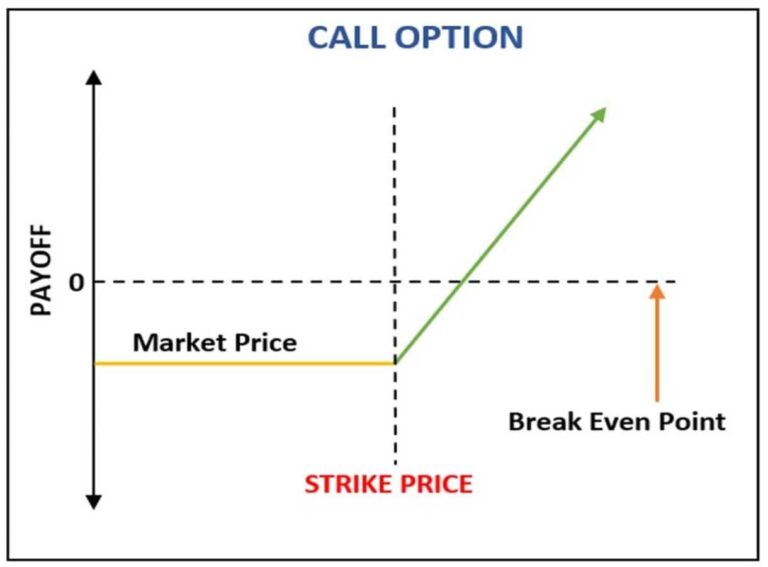Options trading, a sophisticated financial strategy, offers investors the potential for substantial gains. At the core of options trading lies the concept of “strike price,” a critical factor that determines the outcome of an options contract. This article delves into the intricacies of options trading strikes, empowering traders with the knowledge to make informed decisions and maximize their returns.
:max_bytes(150000):strip_icc()/understandingstraddles2-c0215924b5ba43189e1a136abc5484bf.png)
Image: www.investopedia.com
Understanding the Options Strike Price
An options contract grants the buyer the right, but not the obligation, to buy (in the case of call options) or sell (in the case of put options) an underlying asset at a specified price and date. This specified price, known as the strike price, is a crucial determinant of an option’s value and profitability. When an option is “at-the-money,” its strike price aligns with the current market price of the underlying asset. “In-the-money” options have strike prices below the current market price (for call options) or above the current market price (for put options). Conversely, “out-of-the-money” options have strike prices above the current market price (for call options) or below the current market price (for put options).
The Impact of Strike Price on Profitability
The strike price significantly influences the potential profitability of an options contract. In-the-money options hold intrinsic value, as they represent the immediate potential for profit if exercised. This intrinsic value increases as the strike price moves further in-the-money. However, in-the-money options also carry a higher premium, which can erode profits.
Out-of-the-money options, on the other hand, have no intrinsic value but offer the potential for a higher rate of return. As the underlying asset price moves towards the strike price, the option’s value increases rapidly. This leverage effect can lead to significant profits for a relatively small investment. However, the risk of loss is also higher for out-of-the-money options.
Choosing the Right Strike Price
Selecting the appropriate strike price is crucial for successful options trading. Traders should consider factors such as the current market trend, volatility, time to expiration, and available capital.
- Current Market Trend: Analyze the historical price action of the underlying asset to identify potential price movements.
- Volatility: Options with higher implied volatility are more expensive but also offer the potential for larger swings in value.
- Time to Expiration: Options expiring soon have lower time value and are therefore less risky.
- Available Capital: Out-of-the-money options can be acquired at lower premiums, making them accessible to traders with smaller capital.

Image: www.youtube.com
Example of Strike Price Selection
Consider a stock trading at $50. A bullish trader expects the stock price to continue rising in the short term. They decide to purchase a call option with a strike price of $52.50. If the stock price increases to $55 by the expiration date, the trader realizes a profit of $2.50 per share. However, if the stock price stays below $52.50, the option expires worthless, resulting in a loss of the premium paid.
Options Trading Strike

Image: www.makemoney.ng
Conclusion
Understanding strike prices is paramount for profitable options trading. By carefully considering the factors outlined above, traders can select the optimal strike price for their investment strategy. Options trading can be a rewarding endeavor, offering the potential for high returns with carefully managed risk. Remember, knowledge and due diligence are essential for maximizing success in this dynamic and multifaceted market.






